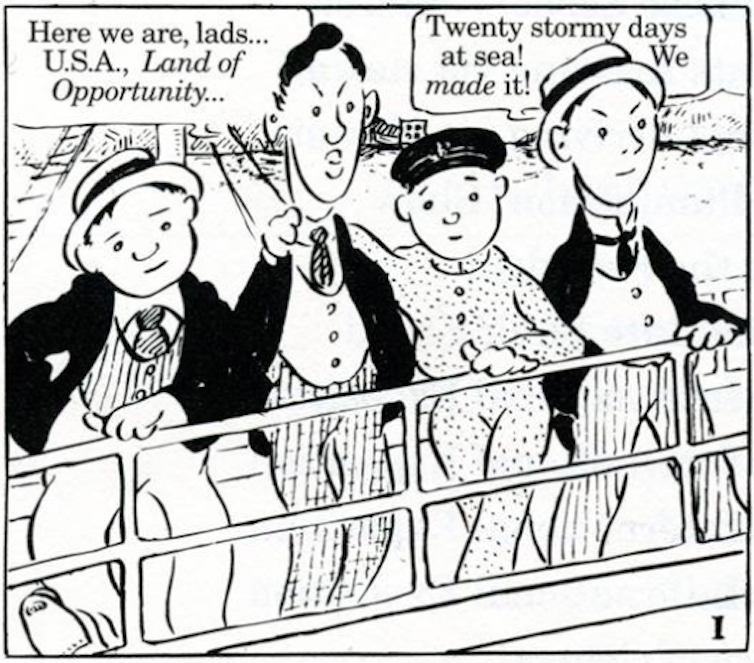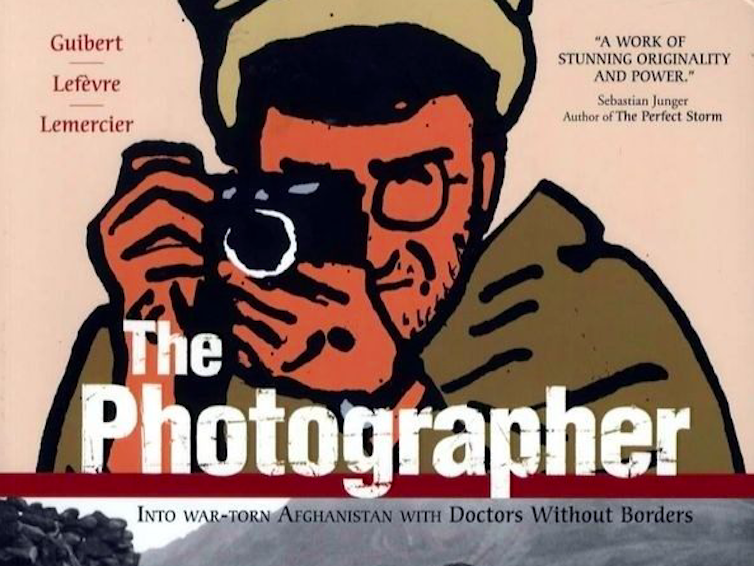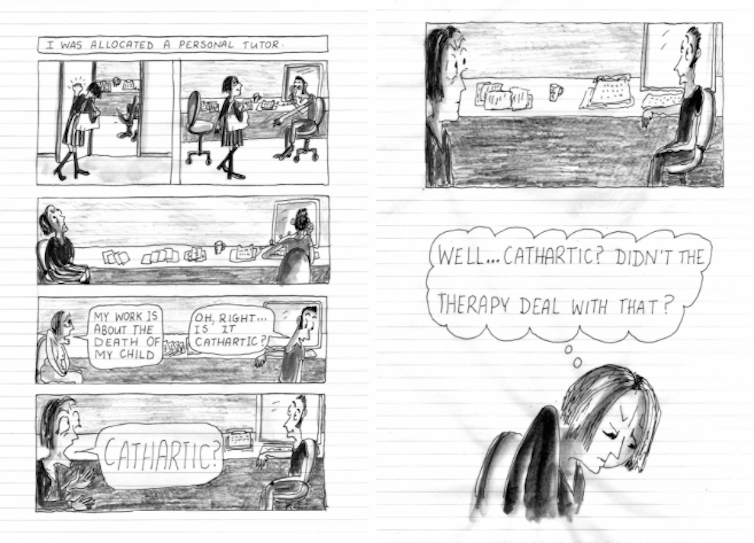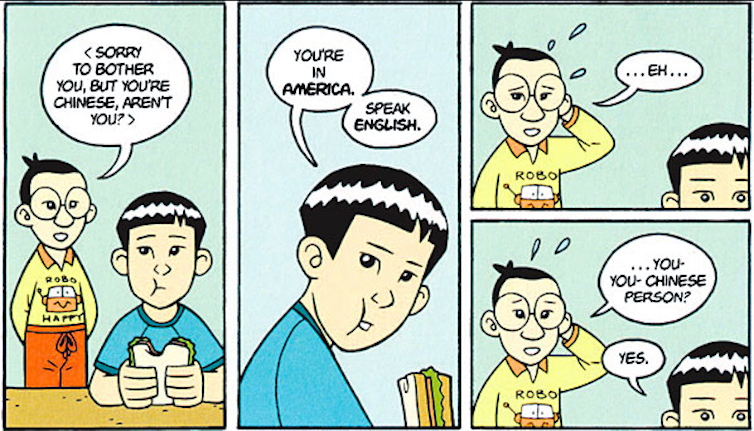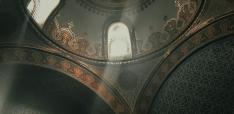Seven Comics with Vital Things to Say about Humanity
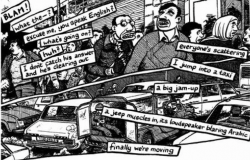
When the Palestinian literary critic and thinker Edward Said read the comic book Palestine (1997) by Joe Sacco, he called it a work of “extraordinary originality” – and one of the best attempts to capture the country’s turmoil. Originally published as a serial, Palestine was one of the first examples of journalism as graphic art. Sacco uses it to present the Palestinians in a more sympathetic light, telling the story of his travels in the country and the people he met there.
Said, a longstanding Palestine activist who wrote the book’s introduction, compared reading it to the experiences he had as a child – when comics freed him to think and imagine and see the world differently. He wrote:
'Comics played havoc with the logic of a+b+c+d and they certainly encouraged one not to think in terms of what the teacher expected or what a subject like history demanded.
It’s a long way from comics as mere light entertainment. Comics offer endless ways to tell stories about ourselves and about one another. What follows is my list of six more groundbreaking examples. They all teach us about our world in refreshing and rewarding – not to mention very funny – ways.
1. Persepolis (2000-03)
This is a delightful, funny and moving tale about Iran, very much created with non-Iranians in mind. Marjane Satrapi does a brilliant job of demystifying the country by telling the story of her family and her own experiences growing up there.
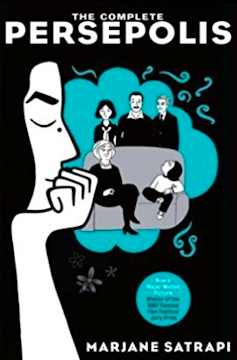
Using stark black and white drawings that bring an unexpected amount of colour, Persepolis immerses readers in a world where girls play with their new headscarves and a young Marjane converses with God and Karl Marx.
The comic was adapted into a must-see animated film in 2007, which Satrapi co-directed with Vincent Paronnaud. Satrapi has spoken about how humour can connect people from diverse backgrounds – and the success of Persepolis and her other works are certainly testament to this.
2. The Four Immigrants Manga (1931)
Perhaps the first American full-length documentary comic, The Four Immigrants Manga was originally self-published by Henry Yoshitaka Kiyama. Over 52 humorous episodes, it recounts the misadventures of four young Japanese migrants in San Francisco in the early 20th century as they try to find work, romance and new way of life.
Arrival in San Francisco.
Drawn in a style reminiscent of earlier American strips such as Blondie by Chic Young and Bringing up Father by George McManus, each episode ends with a “gag”. Yet the stories by Kiyama – himself an original Japanese immigrant – also offer invaluable insights into the difficult living conditions and struggles against discriminatory policies and legislation that the Issei faced after they arrived in the United States.
3. The Photographer (2003-06)
The Photographer: Into War-Torn Afghanistan with Doctors Without Borders tells of the impact of war on civilian populations. Angelina Jolie lauded it for making “Afghanistan, a distant land, a foreign culture, a courageous and resilient people seem closer, more familiar”.
The story is told from the perspective of Didier Lefèvre, a photojournalist invited to accompany Médecins Sans Frontières on a mission into northern Afghanistan in 1986, during the Afghan-Soviet War, to document the devastation of war and the attempts of ordinary Afghans to live their lives.
Emmanuel Guibert/Didier Lefèvre/Frederic Lemercier
The Photographer combines Lefèvre’s photographic contact sheets with drawn strips by Emmanuel Guibert to produce a work that is poignant and often mesmerising.
4. Billy, Me & You (2011)
Nicola Streeten’s graphic memoir tells of the devastating loss of her two-year old son, Billy, after he underwent heart surgery. Drawn on lined paper and built from the diary she kept at the time, Billy, Me & You explores in harrowing detail Streeten’s anger, rage and despair.
Nicola Streeten
In one particularly memorable sequence, the British artist silently awards people marks out of ten for the reaction to Billy’s death. Sadness and bereavement mingle with the absurd and humorous, revealing how loss and recovery can shape a mother’s life.
5. Big Kids (2016)
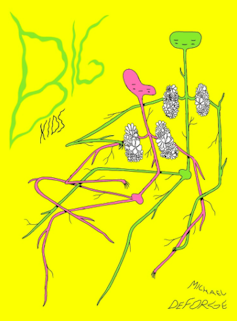
Michael DeForge
Coloured in a bright pop style, Michael DeForge’s story about adolescence is at once familiar and strange. It tells of a teenage boy exploring his sexuality while his body changes, but intermingled with moments when his family and friends transition into twigs. Yes, twigs.
DeForge’s abstract style does a great job of mimicking the feelings of discomfort and alienation and that come with growing up.
Gene Luen Yang’s comic is now taught in American high schools, and with good reason. This cleverly constructed work weaves together three distinct narratives about (not) fitting in, which unite at the end of the story.
Gene Luen Yang
It focuses on Chin-Kee, a Chinese boy who comes to America to visit his cousin Danny. Drawing on the Chinese legend of the Monkey King, as well as cultural stereotypes, it raises penetrating questions about what it means to accept one’s identity and background. It won the Michael L Printz Award for young adult literature in 2007.
Golnar Nabizadeh joined the University of Dundee as Lecturer in Comics Studies in September 2016. Her research focuses on comics and visual studies and particularly on representations of trauma, migration, and memory in these fields. Golnar received her PhD in English and Cultural Studies from The University of Western Australia, and has a monograph forthcoming with Routledge entitled Representation and Memory in Graphic Novels.
This post first appeared on:
Top image credit: Scene from Sacco’s Palestine. Joe Sacco.
